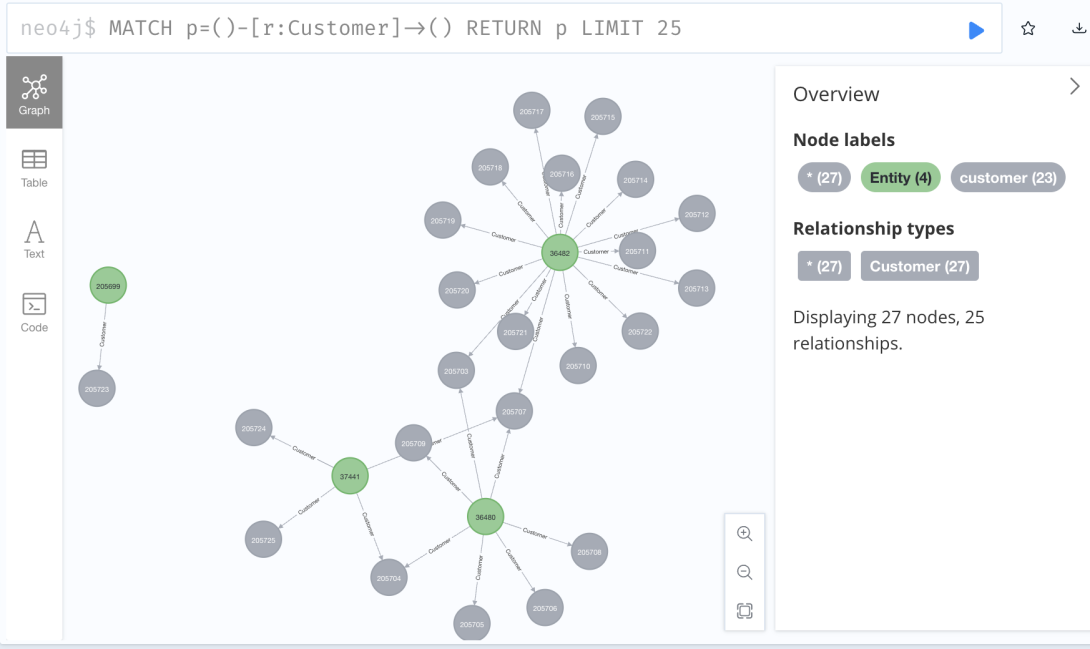The nonproliferation domain is full of highly interrelated data such as networks of individuals and organisations, scientific research networks, and trade networks. Graph databases offer potentially unique capabilities for storing and leveraging highly interrelated data. This project focuses on populating graph databases with nonproliferation data and building tools and approaches for its exploitation. The project is also exploring the costs and advantages of graph database approaches compared to the knowledge graph based approach which is being explored under a separate project.
The main advantages of the graph database approach is probably the speed and efficiency with which interrelated data can be queried in a graph database. Graph databases build relationships at the time data is ingested rather than when it is queried which accounts for this substantial increase in speed. However, other for very large datasets, this factor may not be a decisive advantage. Graph databases such as Neo4j also offer somewhat friendly schemas and tools for administration-based for data loading and interaction, but these factors do not directly benefit users.
This project currently leverages Neo4j to host the knowledgegraph. Neo4j is a graph database designed for highly interlinked data. The project also leverages the content management system, Drupal, as a maintainable repository for nonproliferation data that is fed into the knowledgegraph. Drupal is populated with data in key nonproliferation activity and entities whereas Neo4j is generally populated with larger quantities of data which is often linked to these entities.
